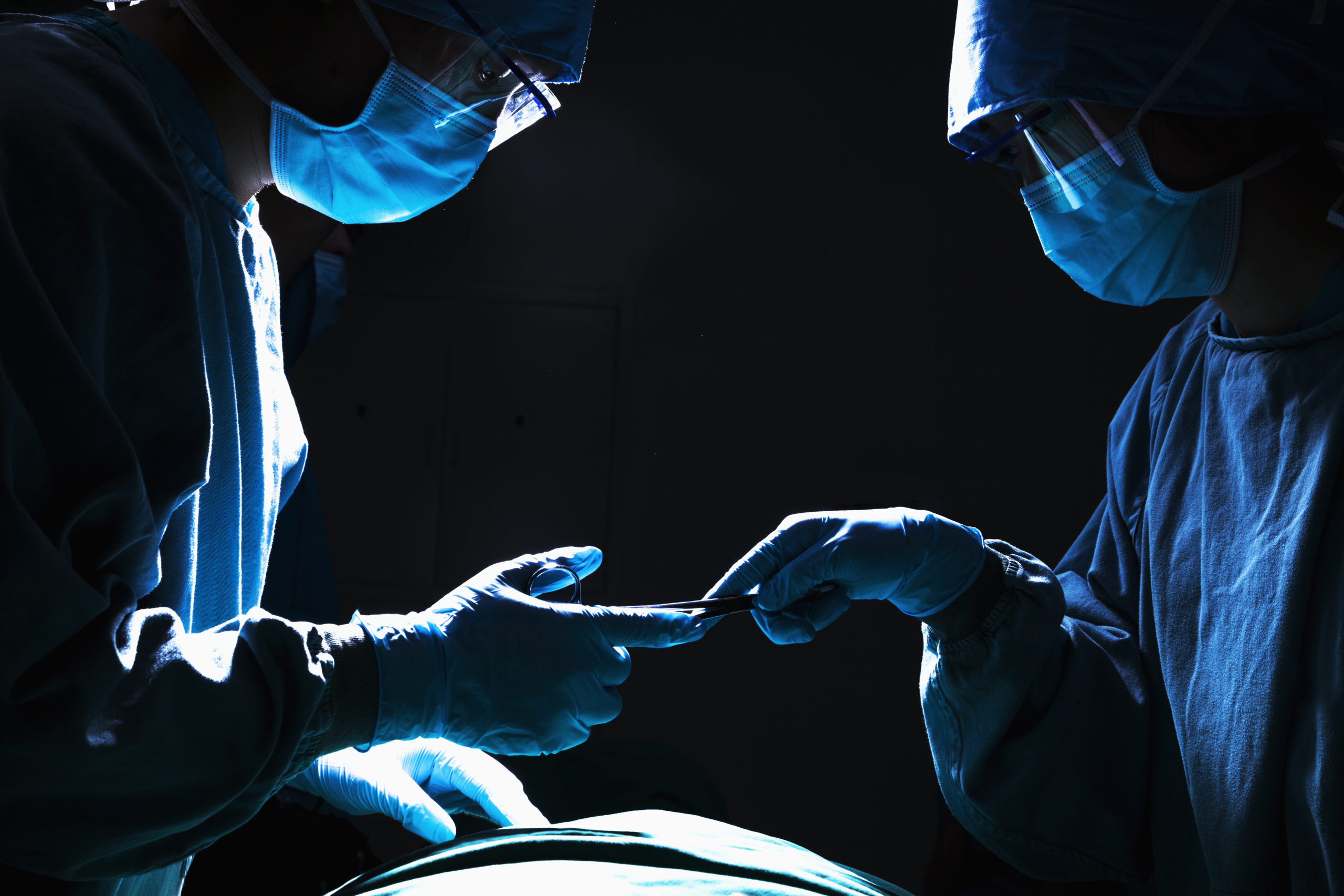It is not the type of answer that most contestants on Jeopardy would get right. “The Third Leading Cause of Death in the US” might prompt contestants to ask questions such as “What is diabetes” or “What is a stroke.” Many of us know the first two leading causes of death in the United States are heart disease and cancer. The question that triggers the soothing bell to ring on Jeopardy might surprise you.
“What is medical error.”
According to a study conducted by John Hopkins, medical errors represent the third leading cause of death in the United States, accounting for more than 250,000 deaths per year. The Journal of Patient Safety puts that number closer to 450,000 deaths a year.
Healthcare providers can make mistakes that lead to long-lasting negative health consequences that include death. The surviving victims of medical malpractice deal with physical and emotional issues that can last for the rest of their lives. Unfortunately, too many victims of medical malpractice never come to grips that their health care provider made a glaring mistake.
One way to discover the ugly truth about medical errors is to know about the most common types of medical malpractice claims.
Diagnosis Error
Between 2003 and 2017, nearly one-third of all malpractice claims in the United States involved some type of medical diagnostic error. An incorrect diagnosis leads the list of diagnostic errors, from ordering the wrong medical tests to not recognizing the symptoms associated with a specific disease. Other diagnostic errors include losing lab results, misinterpreting data, and failing to run a diagnostic test.
Treatment Failures
The second leading cause of medical negligence is making committing one or more treatment mistakes. Releasing a patient from a medical center before the patient is ready ranks at the top of this category of the most common types of medical malpractice claims. Other types of treatment failures involve a lack of medical guidelines for follow-up care and neglecting to account for a patient’s medical history when implementing a treatment program.

Prescription Medication Mistakes
An error that involves a prescription medication can cause a mild allergic reaction at best and the loss of life at worst. Prescribing the wrong prescription drug is the most common mistake in this category, with prescribing the incorrect dosage for a particular drug not far behind. Healthcare providers that prescribe medications must know and communicate the possible unhealthy side effects that accompany most drugs. However, some healthcare providers either do not know the potential side effects of a drug or fail to let their patients know about the possible dangerous side effects. Another prescription medication mistake happens when a doctor fails to detect the signs of drug addiction.
Surgical Errors
Every healthcare professional working in an operating room, whether the room is for emergency or elective surgery, is responsible for a patient’s well-being. The same principle is true for medical procedures that unfold outside a medical center. Surgery and medical procedural errors include conducting surgery on the wrong patient, leaving a medical device inside a patient, and completing a medical procedure on the wrong part of the body.
Birth Injuries
Birth injuries can lead to lifelong pain and suffering.
Here are the most common types of birth injuries:
- Failing to complete a C-section when needed
- Mishandling an infant during or after birth
- Not recognizing fetal distress
- Wrapping an umbilical cord around infant’s nose, neck, or mouth
- Poor prenatal care
- Improperly using forceps when extracting a baby from the birth canal
Medical Equipment Malfunction
Healthcare providers are not the only party that can be liable for committing medical malpractice. Manufacturers of medical devices can also face civil lawsuits for designing and constructing faulty equipment. When a defective medical device injures a patient, the manufacturer of the device is legally liable for causing the injury. Medical equipment malfunction can be a tricky case of negligence because the healthcare provider and the manufacturer of the equipment might accuse each other of negligence.
Contact a Medical Malpractice Attorney for Help
In most cases, it is not obvious that a healthcare provider committed one of the most common types of medical negligence. If you are not sure your healthcare provider is guilty of medical malpractice, get a confirmation by contacting a California medical malpractice lawyer. Your lawyer can conduct a detailed investigation into your case to determine whether you have enough evidence to file a civil lawsuit. If you move forward with a civil lawsuit, your attorney works hard to get you the compensation you deserve.





